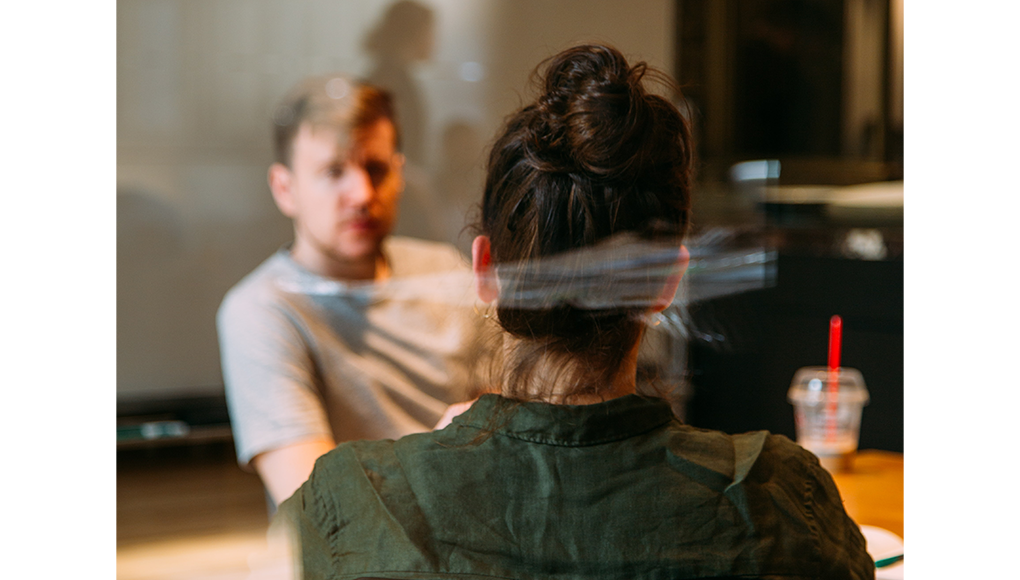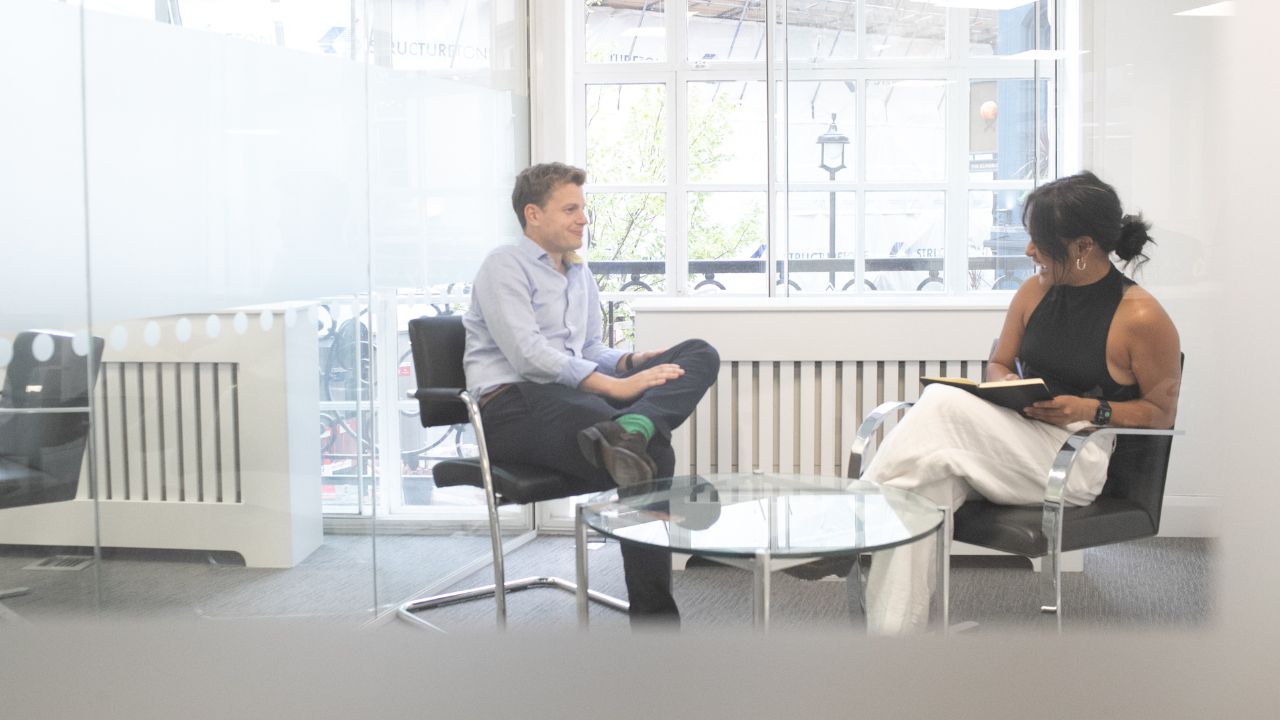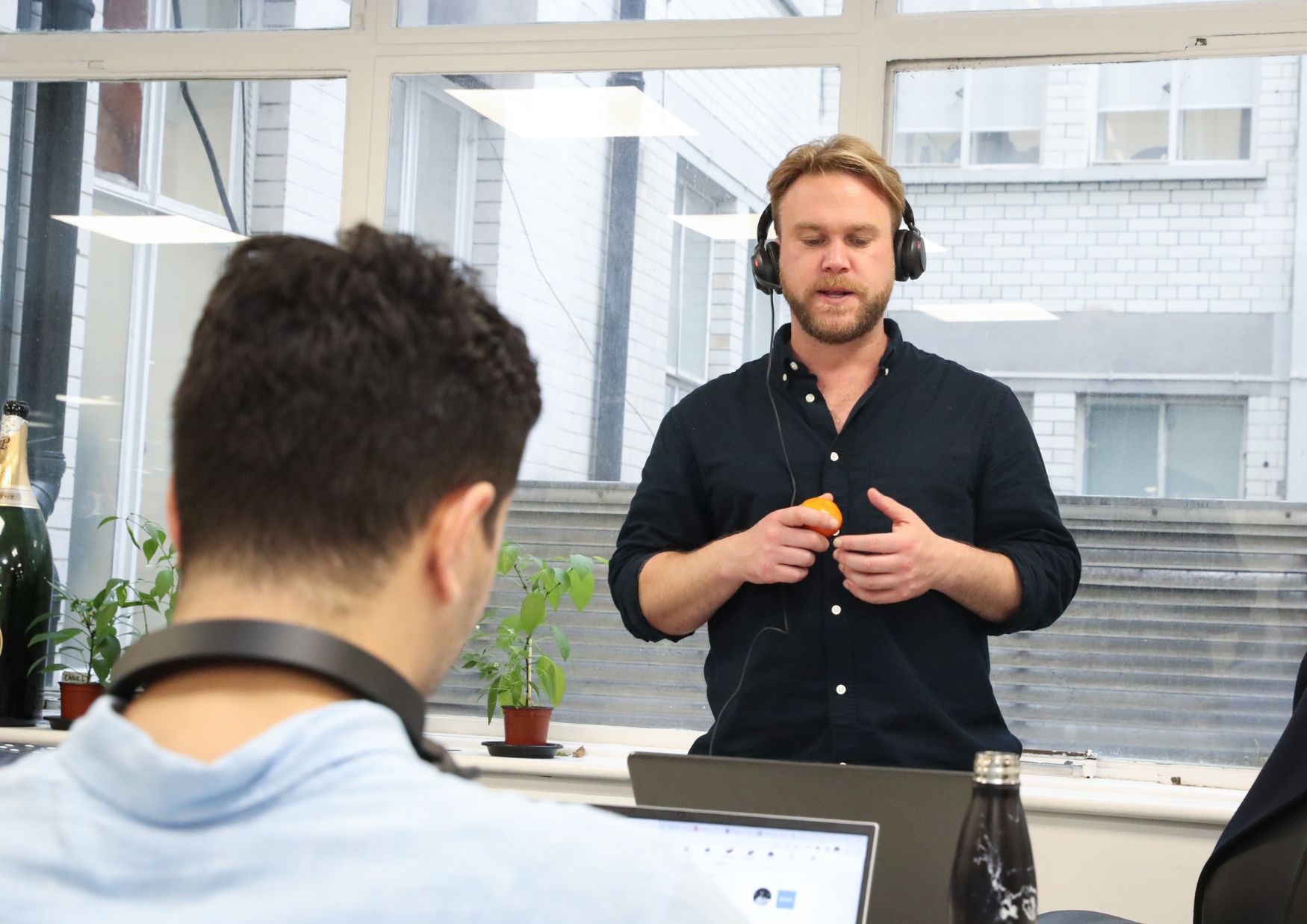
It is well known that, to a great extent, the success of our interactions with others is governed by our non-verbal communication. What few people understand, however, is that your body language not only affects how others perceive you, but that the adoption of the correct posture actually has the power to alter how we perform.
Harvard Business School professor Amy Cuddy — a world leading expert on social psychology — has spent much of her career researching this subject and, in 2012, delivered one of the most watched TED talks of all time explaining her findings.
Her inspiration for the research came from an unlikely source: police officers. She developed her thinking after hearing FBI agent Joe Navarro describe how law enforcement officers would make themselves more imposing in interviews by standing, spreading their arms and adopting upright, open postures. She was so intrigued that she decided to test the science behind the theory.
Her findings, presented in her TED talk, are remarkable. Just a few simple changes to your posture, she argues, can result in significant increases in testosterone (crucial for confidence) and reductions in cortisol (which causes anxiety). Since then, others have weighed in with research of their own — all end up supporting Cuddy’s thesis: posture can boost performance.
Rarely will it be more important to give off the right signals with your body language than at a job interview. But how should you use your use your body language to succeed in interviews, and what should you avoid?
#1 Posture can boost interview performance
In Cuddy’s research she asked participants to adopt either low power poses (hunched over, closed up, holding their neck or head in their hands) or high power poses (tall, straight backed, arms and legs spread wide) for just two minutes.
After they had finished posing, participants were presented with a simple gambling game. They were given $2 and told they could keep the money (the safe bet) or role a die and risk either losing or doubling the money (a risky but rational bet with a 50:50 chance of success in this game).
The result? Those adopting the power poses — whether male or female — were, because of increased testosterone and reduced cortisol levels, far more likely to take the rational, yet risky, option and to demonstrate signs of feeling powerful.
But what does this mean for interviews?
First — no joke — take a moment in a private place to stand up straight and spread your arms wide while focussing on positive thoughts.
Second, in the interview itself, sit upright with your shoulders dropped naturally (not hunched forward) and your back straight. If possible your feet should be flat on the floor and your arms should sit neutrally. Try not lean forward, cross your arms or fidget with your hands as this might imply impatience or nervousness.
#2 Maintaining eye contact is crucial for interview success
After posture eye contact is, without a doubt, the most important aspect of nonverbal communication. According UCLA professor Albert Mehrabian, more than half of the messages processed by the brain when listening are based on a person’s facial and eye movements.
This means that where your eyes are looking is constantly being judged — perhaps even more so than the skills and previous employment listed on your CV. Your eyes are revealing to the interviewer your level of interest, your confidence and your professionalism.
So where to look during the interview?
Most important of all is to avoid looking down at the ground. Not only will this unbalance your posture, forcing you into a hunched position (see above), but it will also imply timidity, nervousness and even rudeness to your interviewer.
You should aim for intermittent eye contact around two-thirds of the time, with fairly frequent — but very brief — glances up or to the side. Try to limit the length of time you are looking directly into the eyes of your interviewer as such eye contact can come across as staring, which may come across as aggressive.
#3 The all important handshake
A confidently offered and firm handshake can tell an interviewer a great deal about an interviewee’s confidence and self-assuredness.
You should confidently offer your right hand. Timid handshakes, or missed hands, can be really damaging. Check out this short clip of President Obama and former Prime Minister Gordon Brown entering 10 Downing Street — who looks the more confident of the two?
Fortunately getting the handshake right is easy. Offer your right hand confidently, apply a firm palm-to-palm shake with eye contact and a sincere smile. Hold the hand shake for three to five seconds — long than this can become awkward for both parties!
Yes, the cliche of a firm handshake is true, but be don’t be tempted to aggressively squeeze the recipients hand or to pump your arm as you shake as these only imply aggression and insensitivity.
We can’t expect to iron out all of our nonverbal communications faults overnight, but it is better to be aware of them and of their potentially negative impact. In any case, awareness of how we interact with others is self-fulfilling. That is, the more we actively think about these behaviours day-to-day, the more likely they are to become natural parts of our communication requiring less and less conscious effort.
If you’re feeling ready to take your career to the next level get in touch with 3Search. We’ve got openings across the digital economy in digital marketing, copywriting, SEO, UX and bid management. Check out the jobs pages for the latest details.

